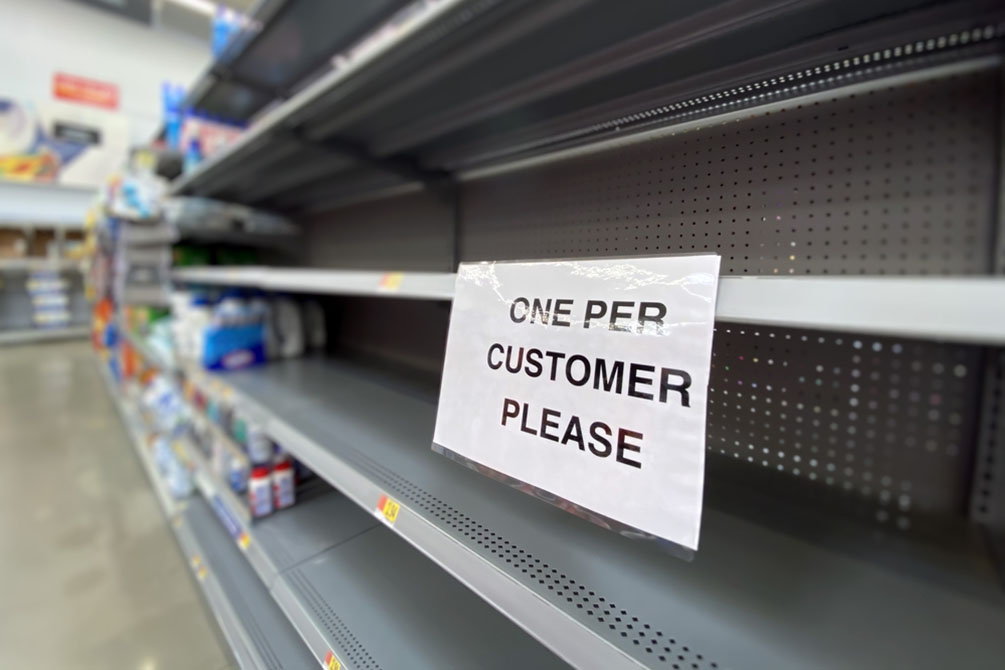Is Everything in Short Supply?
Posted By : Armada Corporate Intelligence | Date : April 28, 2021Is everything in short supply these days? The short answer is probably yes. The real question is how long the supply shortages last. The last few months have been one of those “perfect storm” situations (forgive the tired phrase). There are three factors that have combined to create significant shortages in almost every category one can imagine. There are shortages of silicon chips and lumber and even Grape Nuts cereal. What gives?
High Consumer Demand
The first factor is that demand has exploded after nearly a year of slumber. The consumer is coming out of hibernation at a record rate and that process will continue to accelerate as more and more of the lockdown is lifted or altered.
Reduced Supply
The second factor is related to this surge in demand. The suppliers were universally caught with excess inventory when the lockdowns hit – there was no warning and no time to reduce that inventory. This led to some caution and reluctance when it came to ramping back up. There was a strong desire to make sure the surging demand was both real and sustainable. The sense is that this demand is real enough but sustainability remains somewhat in question.
Broken Supply Chain
That leaves the third factor and perhaps the most important and hardest to address. The supply chain has been wrecked and recovery seems pretty distant. There have been three aspects of the supply chain that have been affected by the pandemic:
1. Production: Many companies are still not back to their normal pace. For example, the sawmills have not yet resumed the usual three shifts and can’t produce the lumber in demand.
2. Shipping: Many cargo ships are stranded for one reason or the other. Seafarers can’t get vaccines and that limits where they can dock. Of the nearly 1.4 million people working these ships, 900,000 are from developing nations and unable to get the vaccine. Even into the second quarter of 2021 it is estimated that 40% of global cargo is stuck.
3. Backlog: Finally, there is the port congestion that stems from the pandemic and the Suez Canal incident. Ships are waiting over two and three weeks for an opportunity to unload their cargo and ports are filling up with product that is arriving too late for retailers and wholesalers to use.
These are all factors that will resolve but not all that quickly. Demand will start to shift towards more traditional patterns as consumers use up their savings and producers will start to ramp up to meet demand for fear of losing market share to more aggressive competitors. It is predicted that the supply shortages will end and “normal” will return in late summer 2021.
Armada Strategic Intelligence System (ASIS)
The Armada Strategic Intelligence System (ASIS) is a continuous, monthly updated forecast covering 8 sectors in the durable manufacturing sector. It includes 18-month continuous forecasts for automotive, aerospace, computers and electronics, electrical equipment and appliances, fabricated metal products, machinery, and primary metals. It also covers supply chain issues, helping executives see well into the future so that they can make operational adjustments well in advance of cyclical changes in the marketplace. Manufacturers, financial analysts, supply chain managers, sales executives, and a wide variety of occupations across many industries subscribe to the ASIS.
